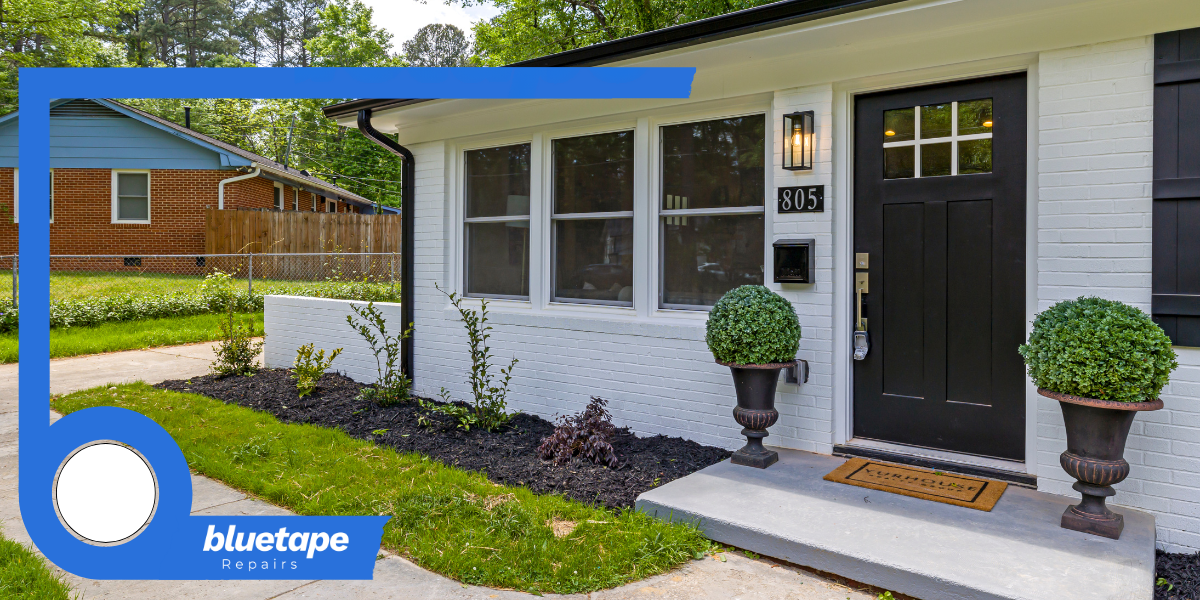The Market Has Changed. Your Pre-List Strategy Probably Hasn't.
Read Time 4 mins | Written by: Chris Lambert

Key Takeaways
Nearly half of U.S. homes were built before 1980—the average sold in 2024 was 36 years old—with aging systems that exceed their design lifespan and trigger buyer walkouts during inspection. Over 15% of purchase agreements are now falling through before closing, primarily due to inspection and repair issues that credits and concessions fail to resolve. Agents who treat pre-listing repairs as deal protection—not cosmetic work—retain leverage, accelerate timelines, and close reliably in today's buyer-favored market
Today’s market is defined by aging housing stock. According to Redfin’s latest data, the average single-family home sold in 2024 was 36 years old. Nearly half of American homes were built before 1980. Behind the fresh paint and staging, these houses often hide outdated systems—aging HVAC units, electrical panels past code, and roofs on borrowed time.
That's why deals are falling through at record rates. Over 15% of home purchase agreements are cancelled before closing, with a majority happening because the inspection report scares buyers. They don't want to worry about repairs or the long-term health of this major investment. The has to not only be move-in ready but move-in safe.
Some agents might shrug and accept that this kind of thing happens. Others will do what they can to mitigate deal risk.
The Market Has Changed
For the last five years, pre-listing conversations centered on aesthetics. Fresh paint. Staging. Cosmetic updates that photograph well and improve curb appeal.
Those updates get homes on the market. They don't get them to closing.
Buyers don't back out because countertops are dated. They back out when inspection reveals a $15,000 HVAC replacement, foundation issues, or roof failure.
Nearly half of America's owner-occupied homes were built before 1980. The median home was constructed 41 years ago. These properties have systems exceeding their design lifespan—pipes rated for 40 years that have been in place for 55, roofs on borrowed time, electrical panels that no longer meet code.
When that aged inventory hits the market without addressing predictable failure points, buyers walk.
Credits and Concessions Don't Solve the Problem
Some agents suggest offering credits at closing instead of completing repairs. While credits might seem like the cheaper route, the real cost often shows up elsewhere.
When homes with deferred repairs hit the market, according to FastExpert's analysis, they typically sell for 10-20% below comparable properties in good condition. In markets with inventory, buyers simply choose homes without obvious repair needs. Even when buyers stay at the table, they gain substantial negotiation leverage once issues appear on inspection reports.
The bigger risk is deal failure. Properties that skip pre-listing repairs face longer market times, multiple price reductions, and higher cancellation rates. One California property went under contract three separate times with all three buyers backing out after inspection—costing the seller four months and tens of thousands in eventual concessions.
Pre-listing repairs shift control back to sellers. You choose the contractor, manage costs on your timeline, and remove negotiation leverage before buyers ever walk through the door. While no strategy eliminates all risk, addressing predictable issues upfront consistently leads to faster sales, fewer concessions, and stronger final prices.
Similarly, a Costa Mesa property that skipped the pre-listing inspection went under contract three separate times, with all three buyers backing out after their inspections revealed the same roofing problems. The sellers eventually addressed the roof and sold successfully, but lost nearly four months and faced multiple price reductions in the process.
Pre-Listing Repairs as a Closing Strategy
Agents who consistently protect their deals think differently. They don't view repairs as an expense—they view them as a closing strategy.
From a buyer's perspective, it's easier to say "yes" to a house with a 3-page inspection report than a 15-page inspection report. A 70-page inspection report could kill a deal on perception alone, even if all the items within are minor.
That's why pre-listing repairs are now a form of deal protection. Each item addressed prior to listing is another item that's not on the inspection report. When that happens, multiple things shift: buyers lose negotiating leverage, timelines accelerate, credits disappear, and agents aren't scrambling during the negotiation window for vendors and contractors.
The Question for Agents
The housing stock is aging. Buyer confidence is fragile. Inventory is abundant. Deal failures are at record highs.
Has your pre-list strategy caught up with the market? If so, great. If not, we're here to help. Talk to Bluetape today about pre-listing repairs and updates. Because we're a one-stop-shop with our own in-house repair teams, you'll save hours on outreach, scheduling, coordination, and quotes.
